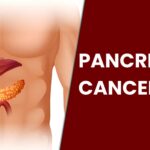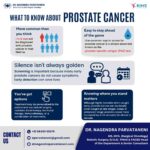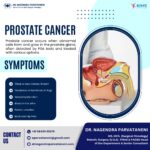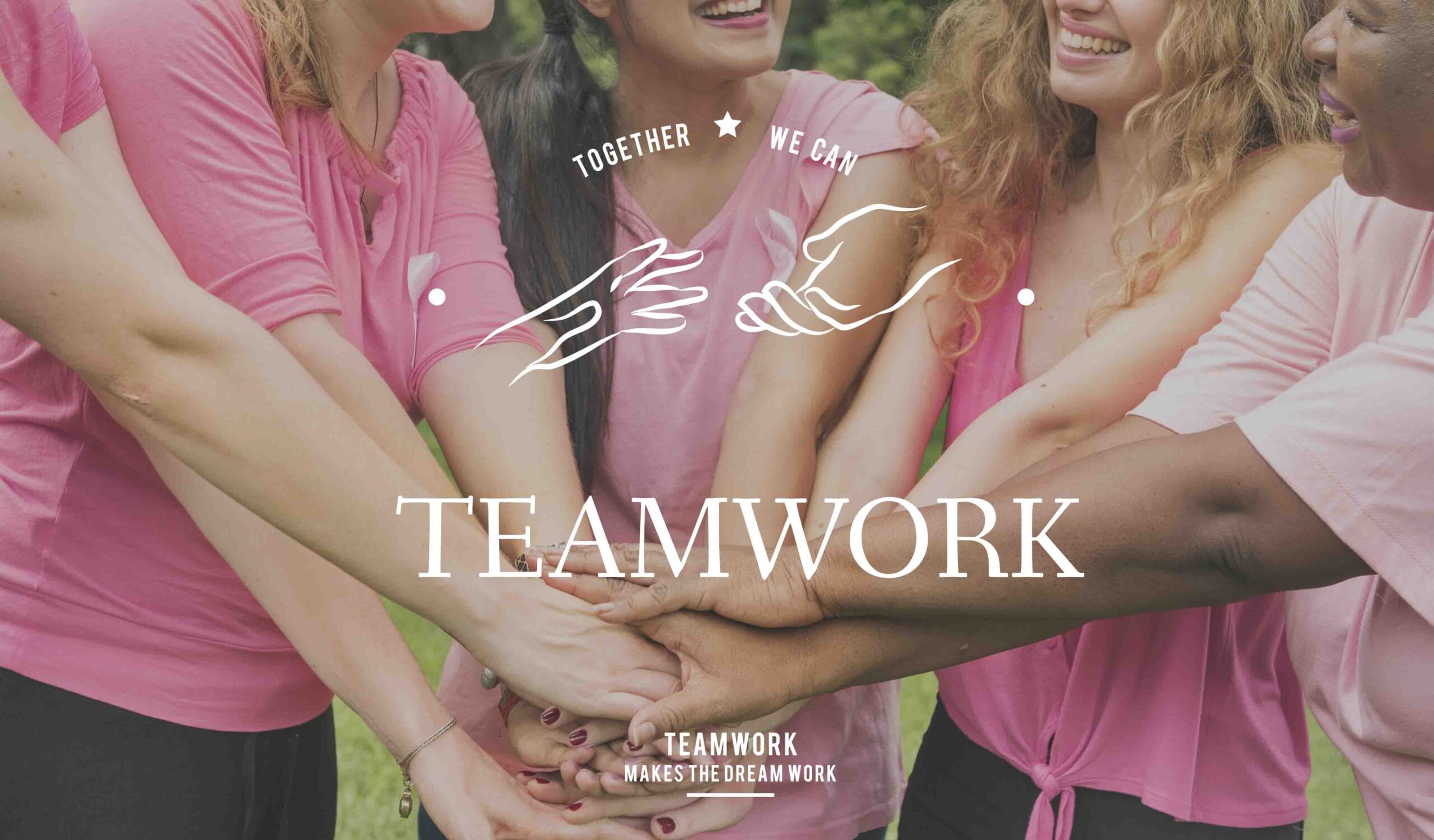Breast cancer is one of the most common cancers in Indian women. Around 14% of cancer in women is due to breast cancer and the percentage is higher in urban cities than in rural India. Early diagnosis and treatment continue to prove crucial in saving lives. Early diagnosis is possible only with regular check-ups and screening for cancer. The most reliable method of screening for breast cancer by far is mammography which is an X-ray of the breast that looks for changes and signs that might point to breast cancer.
There are some frequently asked questions and myths about breast cancer.
1. What are the common symptoms and signs of breast cancer?
Here are some common symptoms and signs of breast cancer,
- Painless lump in the breast or armpit
- Change in breast shape
- Dimpling in the breast skin
- Abnormal nipple discharge
- Nipple retraction or ulceration
2. Are all breast lumps cancerous?
This is a myth, Indeed, not every breast lump is cancer. Most lumps are benign. It is said that 9 out of 10 lumps are benign but should be carefully be evaluated by a health care professional. Most cancerous breast lump are painless, hard, and has uneven edges. Do not ignore a breast lump irrespective of the age.
3. Breastfeeding can cut the risk of breast cancer?
While breast feeding can reduce the risk of breast cancer, it does not completely prevent it. Breast feeding reduces the risk of not only breast cancer but also Ovarian cancer, it prevents osteoporosis and reduces cardiovascular diseases in women.
4. Is breast cancer disease of elderly age group?
It is true that breast cancer is predominantly a disease seen in women above 50 years, it can occur in any age group. About 5% of breast cancers are seen in women under 40 years of age. Unfortunately breast cancer can occur even in 20’s age group and in teenage (these women mostly have a strong family history). Breast cancer in younger age groups are comparatively aggressive clinically and biologically with less favourable outcomes. Women of all ages need to pay attention to their breasts, perform self-exams, and report any unusual changes to their doctors and insist that breast cancer be ruled out if there’s a concerning symptom. Even some doctors buy into the myth that women in their 20s and 30s don’t get breast cancer.
5. Can increased stress cause breast cancer?
Stress and anxiety impact health, Swedish researchers found that being under stress may double the risk of developing breast cancer. Anxiety, depression and perceived stress may actually increase the chances of breast cancer these factors alter the immune system function. It is thought that when the body becomes stressed, neurotransmitters like norepinephrine are released, which stimulate cancer cells. This along with the altered immune system, the cancer cells may have an opportunity to get themselves established within one’s body. Although it was previously thought working night shifts may increase breast cancer risk due to the stress involved, the latest research has found that there is no risk. There is no direct evidence to support that psychological stress increases the risk of breast cancer. It is inevitable for all of us to have stress of some form in life, we should find effective way to deal with it.
6. Can healthy life style eliminate risk of breast cancer?
There is nothing that a woman can do to eliminate breast cancer risk. It has been proven in few studies that women habituated to smoking, alcohol and are overweight are at an increased risk of cancer. Smoking is a confirmed risk factor for many types of cancer. Alcohol is an cancer instigating factor. Having more than one drink per day has shown to be a significant risk factor, and the alcohol content doesn’t matter wine, beer or a mixed drink. The newly diagnosed cancer patients most often complain saying “I eat healthy, I’m not over weight, I’m active, and I barely drink or smoke. So how did I end up with breast cancer?”. Healthy life style paired with regular exercise do not guarantee that breast cancer will be at bay but it reduces the risk of breast cancer. Even world class athletes have been diagnosed with breast cancer. It’s certainly worth managing the lifestyle risk factors you can control, such as what you eat, drink and fitness unlike the environmental factors which are outside of our control.”
7. Can injury to breast cause cancer?
It is a common misconception, Injury to breast does not cause cancer but results in fat necrosis, a condition that can mimic cancer clinically and on mammogram. The best way to distinguish cancer from fat necrosis is by doing a needle biopsy.
8. Can wearing an underwire bra increase the risk of breast cancer?
There has been a lot of scaremongering on this issue in the media and internet. Studies have found no link between wearing any type of bra with breast cancer. The underwire can cause compression leading to skin irritation and infection. The theory some claim that wearing a wired bra negatively impacts the lymph drainage process in breast tissue causing toxic substances to build up in the tissue. There is neither a biological reason that links the two nor any scientific evidence proving that.
9. Does treatment for infertility increase risk of breast cancer?
As a part of infertility treatment, the doctor often prescribe drugs that stimulate the ovaries to produce eggs by increasing the activity of oestrogen. The hypothesis is that these drugs might encourage the growth of breast cancer as the cancer cells have oestrogen receptors on their membranes. This was thought to be true for a long time till a recent study concluded that there is no increased risk of breast cancer in women receiving ovarian stimulation drugs compared with the general population.
10. Do all women with breast cancer have a family history of the disease?
Most patients diagnosed with breast cancer always express disbelief and say that no one in their family had breast cancer. To explain, majority of breast cancers are sporadic or have no hereditary link. Only 5-10% of the cases are caused by genetic mutation that is passed between family members. The environmental and life style factors have a bigger role to play in the rest of them. Being a woman is the most important risk factor for developing breast cancer. 1 in 8 women develop breast cancer over their life time.
11. Men do not get breast cancer is it true?
No. Men have breast tissue which are rudimentary. Although we do not have proper data, in the western countries about 1% of all breast cancers involve men.
12. Does birth control pill cause breast cancer?
Studies have shown an increased risk of breast cancer for women who have been using birth control pills for more than five years. On the contrary the modern day birth control pills are not associated with an increased risk of breast cancer as they contain a low dose of oestrogen.
13. Can mammography cause breast cancer spread?
There is no conclusive evidence to support that compressing the breast lump during mammography or performing a needle biopsy on the lump cause spread of the cancer.
14. Is mammography unsafe and painful?
Mammography is safe, the risk of harm due to x-rays during a mammogram is extremely low. Thanks to the evolving technology. The radiation doses in mammography have consistently decreased with time with increase in accuracy. The benefits of detecting and treating something that is life threatening far outweighs the extremely small potential harm from radiation exposure. To put things into perspective, the amount of radiation you get from a single mammogram is the same as the amount you are subjected to on a flight. The pain one experiences during the test depends on the personal pain threshold. There definitely is an amount of discomfort for a few moments but is a small trade-off for living cancer free. The procedure is more painful when done just before or during or soon after the monthly menstrual cycle. The test is usually recommended in the middle of the cycle.
15. What is 3-D mammogram? Is there any other alternative to mammogram?
The three-dimensional mammography or tomosynthesis is a modern type of digital x-ray mammogram which creates 2D and 3D-like pictures of the breasts. Compared to a standard 2-D mammogram, a 3-D mammogram displays more images of the breast and in thin sections providing a greater clarity and the ability to determine the difference between overlapping normal tissue and cancerous tissue. There is so far no real alternative to mammography as a diagnostic tool. MRI and CT scan of breast are important complementary tests. MRI works differently than mammography and some might consider it “better” because it is unaffected by breast density and does not use radiation.
16. Can carrying a cell phone in bra or chest pocket increase the chances of breast cancer?
Media reports have raised concerns that carrying a cell phone in your bra might increase breast cancer risk. Mobile phones are not meant to be carried in the blouse/bra/chest pocket. However there is no evidence to support that carrying a cell phone in the bra/chest pocket increases the chances of breast cancer. All cell phone manufacturers often recommend keeping your device away from your body as much as possible. To date, most studies have focused on whether the radiofrequency radiation given off by cell phones can increase the risk of brain tumours.
17. Can nipple piercing increase chances of breast cancer?
Nipple piercings has become a popular trend today. But there’s currently no evidence to prove its risk for breast cancer. So, nipple piercing does not increase the chances of breast cancer, but can lead to other breast problems especially during breast feeding. It can lead to blockage of milk ducts leading to retention and abscess formation. Nipple piercing should not be recommended.
18. Does drinking diary milk increase the risk for breast cancer?
There is limited evidence suggesting that high intake of dairy milk is associated with increase in risk of breast cancer. Two random studies from Sweden and USA found that daily consumption of milk equivalent to a large mug increased the risk for breast cancer. Interestingly in the study fermented dairy products did not increase breast cancer risk in both the studies. Dairy milk naturally contains stimulants necessary for cell growth and division. These stimulants increase the levels of the growth factors called insulin like growth factor (IGF1), which is strongly implicated in increasing the risk for breast cancer. This IGF1 factor present in the milk is lost during the making of fermented dairy products like cheese and yogurt. However dairy products are a good source of calcium, which is important for building bones and teeth along with helping to maintain bone density, and a good source of protein which helps to build or repair muscle. Dairy foods also contain essential vitamins and minerals, such as potassium and phosphorus. Nearly all milk is fortified with vitamin D, which helps promote absorption of calcium.
19. Is regular usage of hair dye linked to increase in risk of breast cancer?
A study in 2019 suggested that breast cancer risk is increased in women who use permanent hair dye and chemical hair straighteners. The same study found that women who used hair straighteners are at a higher risk for cancer. Although there is no clear scientific explanation to this. It is important to note we are exposed to many things that could potentially contribute to cancer, and it is unlikely that any single factor explains a woman’s risk like chemicals in the environment such as pesticides, traffic fumes and plastics, avoiding these chemicals might be one more thing women can do to reduce their risk of breast cancer.
20. Can regular usage of underarm antiperspirant increase risk of breast cancer?
From time to time, media coverage and the internet have fuelled myths that using underarm deodorant which contain chemicals (aluminium) increase the risk for cancers. These chemicals in the deodorants get absorbed into the skin and prevented toxins from leaving the body by blocking the sweat ducts. However, experiments have shown such chemicals only form temporary “plugs” within the sweat duct that stop or slow the flow of sweat but are later shed out with the natural shedding of skin cells. Neither of the studies have found any good evidence that links deodorants to increased risk of breast cancer. The underarm deodorants are not totally safe and its safety is still being studied. The only word of warning about high concentrations of aluminium in deodorants is that it can cause irritation in people with sensitive skin.
There are more than 2 million women impacted annually with breast cancer. Most women diagnosed with breast cancer do not have any signs or symptoms of the disease. There is a distinct need for more awareness campaigns in our country to regularly encourage the women population to check themselves for breast abnormalities and better understand the disease. Over the past few years, improved diagnostics, and newer treatment options offer new horizons and hope even for late-stage breast cancer. There’s a very high probability today that a woman can survive breast cancer.





